Zopa: Scandal in the Boardroom
Last week, UK peer-to-peer lending firm Zopa found itself in the news when board member Kapil Wadhawan was forced to resign following his arrest in India over money laundering allegations. Wadhawan, the chairman of Wadhawan Global Capital and the owner of a large property finance group in India, co-led a £32m investment in Zopa which secured him a seat on the company’s board. He was arrested by the Enforcement Directorate, an Indian government agency responsible for policing financial crime, in late January in connection with a money laundering probe.
This incident highlights the importance of knowing who you’re doing business with - not only employees, partners, and vendors but also investors. In the thrill of securing financing, it can be tempting not to scrutinise your potential backers too closely, but as the Zopa case shows this is a potentially risky area. This is the start of a long term partnership, so both sides need confidence in who they’re dealing with. “Investor due diligence” should cut both ways, and target companies should be prepared to conduct “know your investor” research. Investors with poor reputations can have a knock-on effect on portfolio companies’ credibility, and their ability to raise future funds. And in a worse case scenario, these companies could even find their investors or directors involved in criminal proceedings, as in the Zopa case, or discover that the investment consisted of illicit funds.
Doing your Homework: Reputational and Integrity Due Diligence
Reputational and integrity due diligence should form part of the wider due diligence process alongside financial, commercial and legal diligence, and is vital for understanding financial crime risks. It can be relatively straightforward to ascertain the track record and reputation of well-established investors, but for more niche investors, those based overseas, or new figures in the market, this may not be so straightforward.
The obvious questions for an investee to ask are whether the investors are well-established figures with a good track record and a logical interest in investing in the company in question. How long has their firm been incorporated, has it made successful investments in the past, and does it have discernible experience in the sector? Does it seem to be in good financial standing? Are there any indications the investors have been involved in any previous scandals or legal or regulatory issues? It’s also important to understand their modus operandi and if they have ever been involved in dubious or aggressive business practices, or disputes with partners, competitors or other investees. This may involve determining if they are the subject of any inquiries by regulators or law enforcement agencies which haven’t yet reached the stage of formal proceedings.
In addition to the above, there are further issues to consider for investors from overseas jurisdictions with lower standards of transparency and higher levels of financial crime. What is the source of funds - how did the investor initially make their money? In some countries, analysing this information may require understanding of the country and its history - for example, anyone who established their fortune in Russia and the former USSR in the privatisation programmes of the 1990s. In many countries, it will be important to understand political patronage - whether your investors have political influence or connections, whether this could have helped them make money illegally or unethically or to avoid legal actions, and whether their position may be threatened by changes to the current political regime.
Sources of Information
In practical terms, where can investees find the answers to these questions? They will likely start gathering information in-house through basic steps like online research - sources like the investor’s own website, news reports, and Google searches. Speaking to others in the marketplace will help provide a sense of the investor’s track record and general reputation. To ensure consistency and transparency, investees can implement an ‘investor due diligence’ process (a project which FINTRAIL is ideally placed to facilitate), which in many ways mirrors a customer onboarding process. It will allow the investee to make sound, defendable decisions by establishing a methodology to collect consistent information from defined sources, analyse it in line with clear criteria and parameters, and establish transparent escalation and decision-making processes.
In some cases, it will be advisable to seek expert help in conducting this due diligence research, especially if early red flags are identified or if there are discernible high-risk factors such as the investor’s main country of operations. Expert due diligence research will look at the online sources mentioned above plus specialist media databases, local and overseas litigation and corporate records, regulatory watch lists, foreign language media reports, and cached online materials. If required, researchers can also conduct enquiries with human sources operating in the relevant sector and country, to help explain the investor’s history, modus operandi, other business interests, perceived probity and general reputation. This is particularly useful in countries with undeveloped media landscapes, poor press freedom, or limited public records. Appropriate sources may include founders or employees of existing portfolio companies, other investors or business figures operating in the sector, journalists, and former partners or employees. Conducting successful enquiries requires an excellent network of contacts, as well as understanding the specificities of the investor’s operations, in terms of the sector, type of business, and jurisdiction.
FINTRAIL’s Experience
The FINTRAIL team has extensive experience in both designing due diligence processes and conducting reputational and integrity due diligence. We have lately finished building and implementing an investor due diligence process for a UK-based FinTech. We have also recently worked with a client to conduct research on a potential investor, in a case which showed clearly how important it is for growing FinTechs to identify the right partners. FINTRAIL investigated a venture capitalist from Russia looking to invest in a UK-based FinTech, using our expert country knowledge and language skills; searches in Russian, US and EU litigation and bankruptcy records, criminal records and regulatory agency checks; and adverse media research in English and Russian. This uncovered concerns about the investor’s source of wealth and modus operandi including political connections to the Kremlin, business interests in opaque jurisdictions held through apparent shell companies, and UK corporate interests which bore similarities to those of the Hajiyev family, the subject of the UK’s first Unexplained Wealth Order (UWO). These concerns ultimately led to the FinTech deciding not to accept the investment - a potential disappointment in the short term, but an important decision to head off major issues in the future.
Get in Touch
If you are interested in speaking to the FINTRAIL team about due diligence or any other anti-financial crime topics in an increasingly digital FinTech world, please feel free to get in touch with one of our team or at contact@fintrail.co.uk























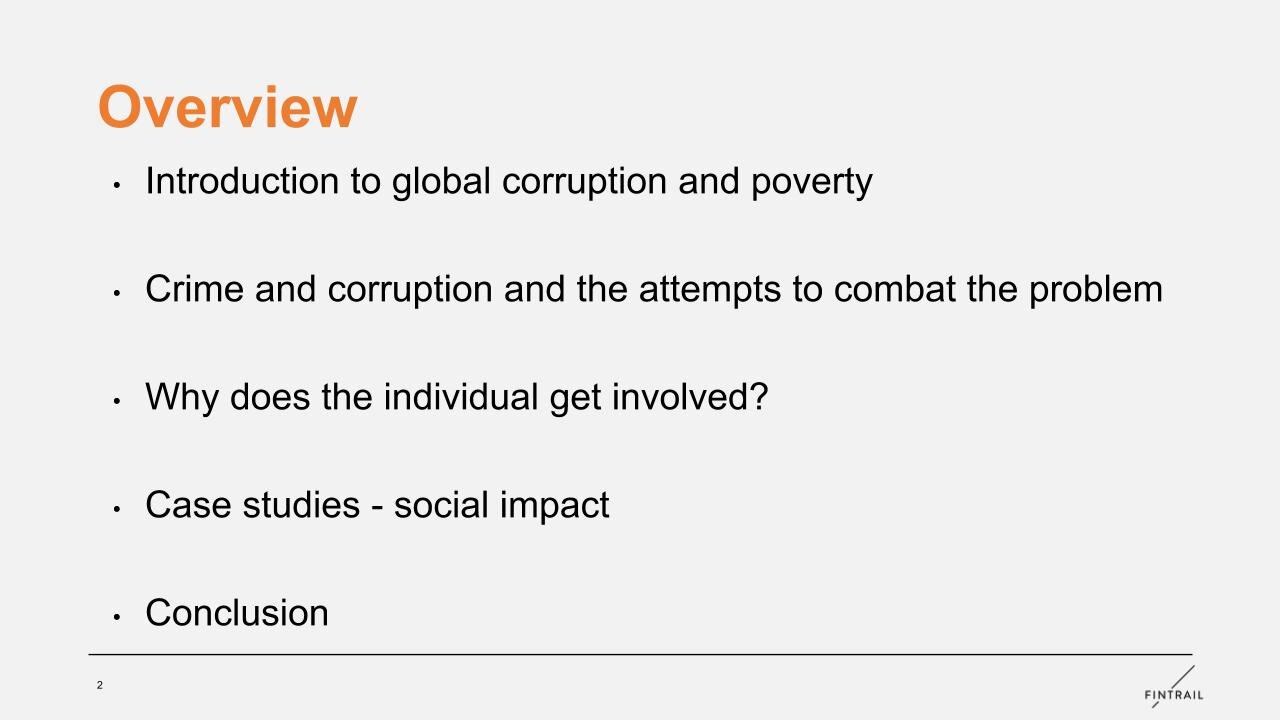
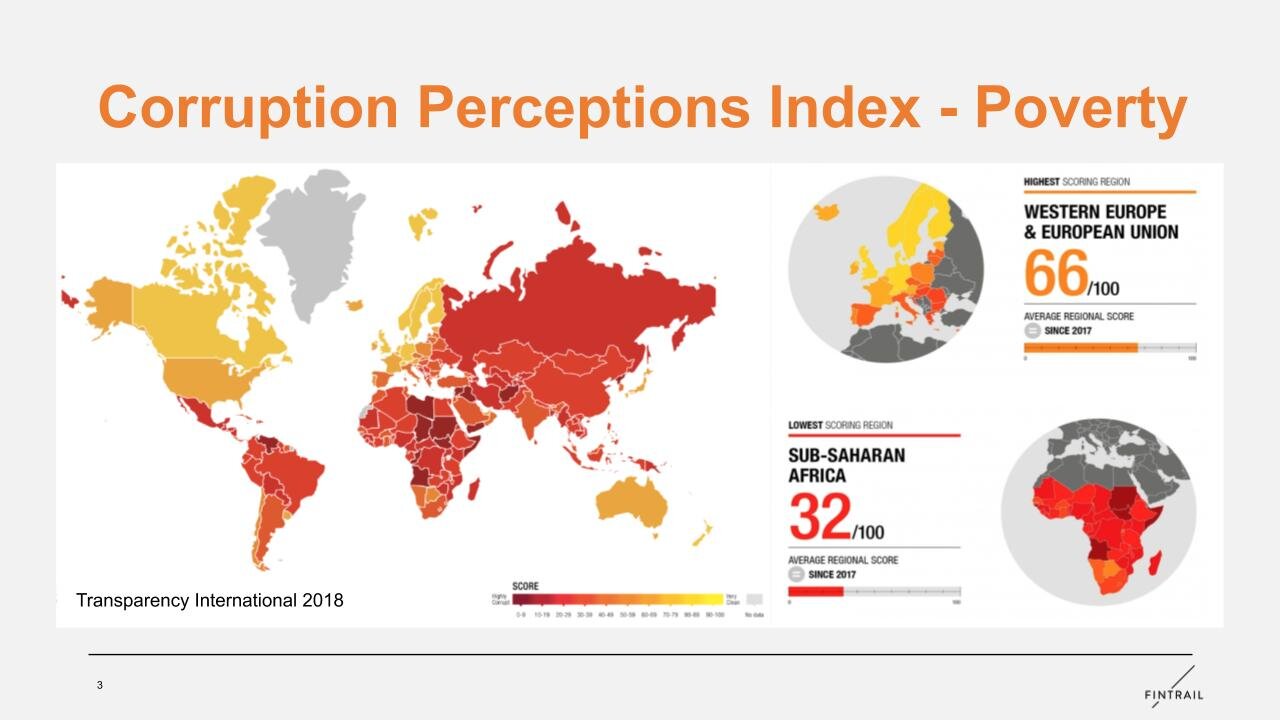
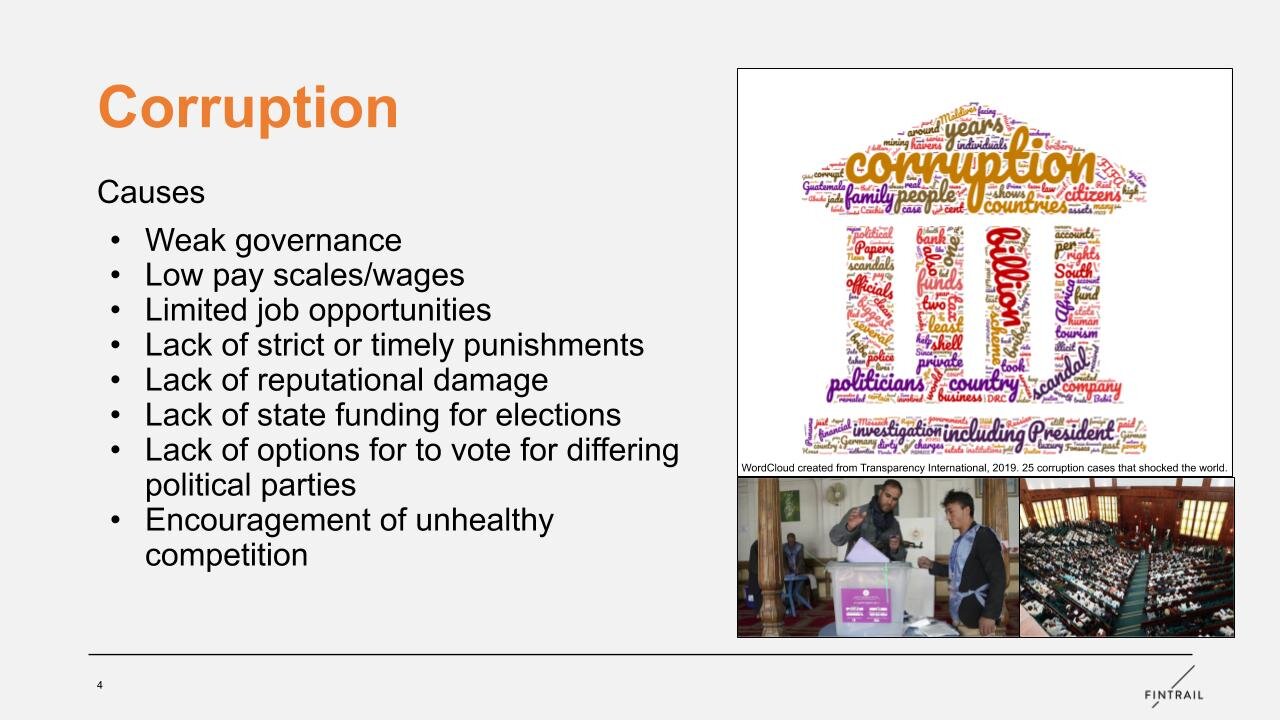
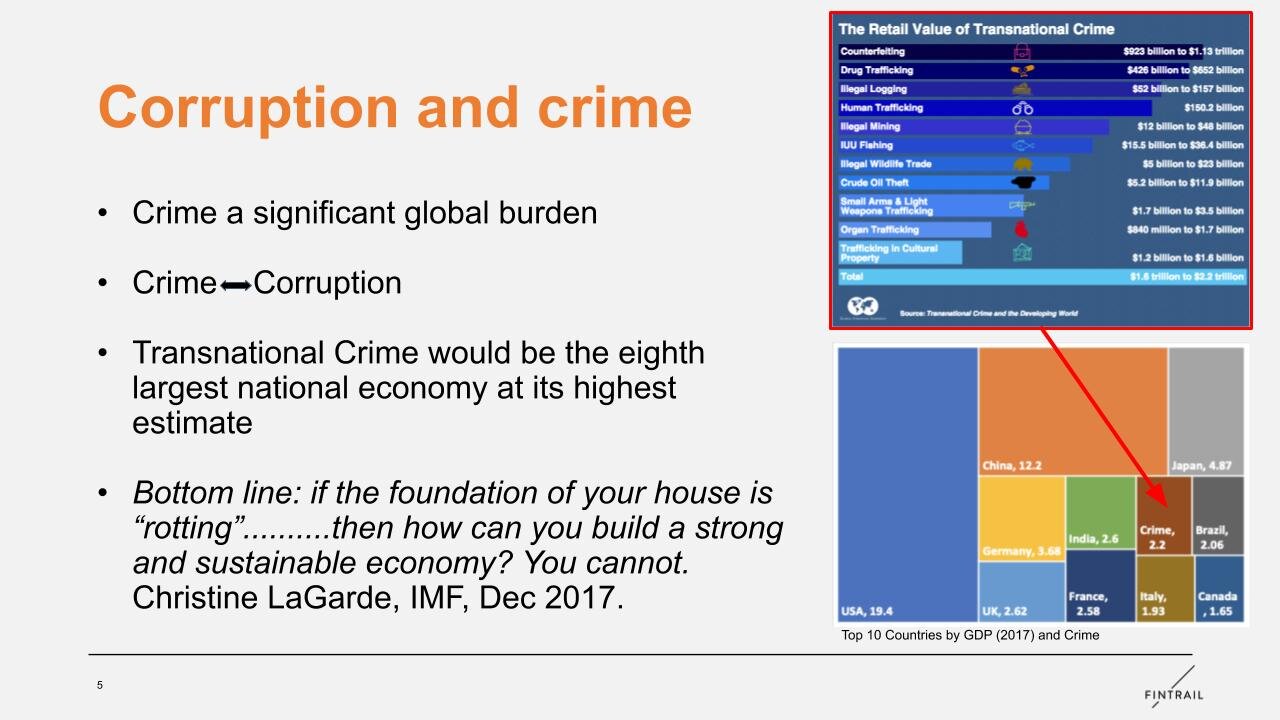
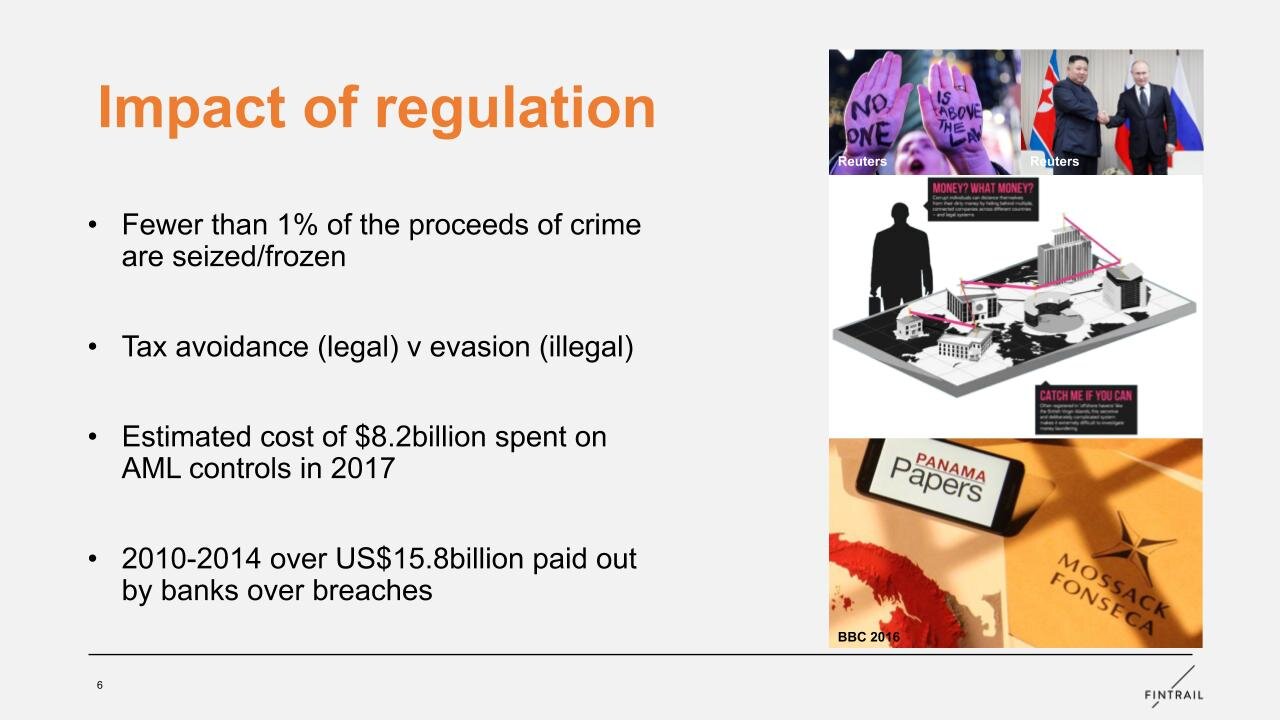


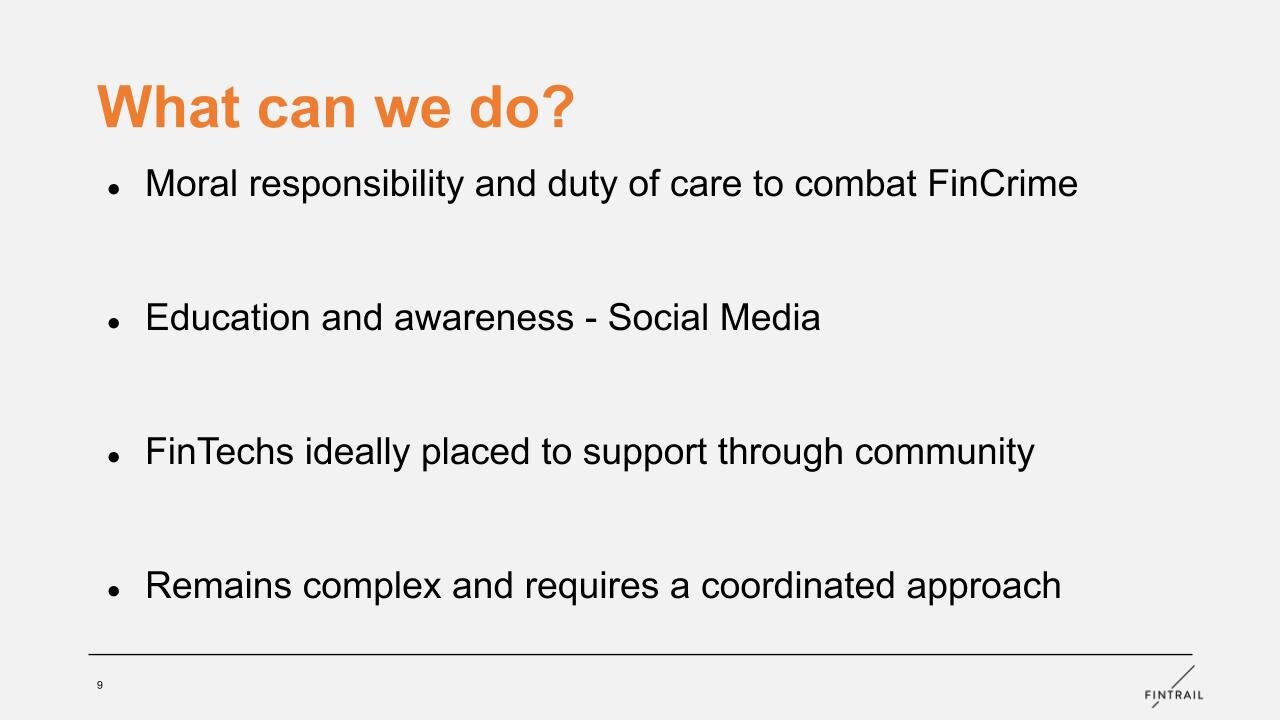






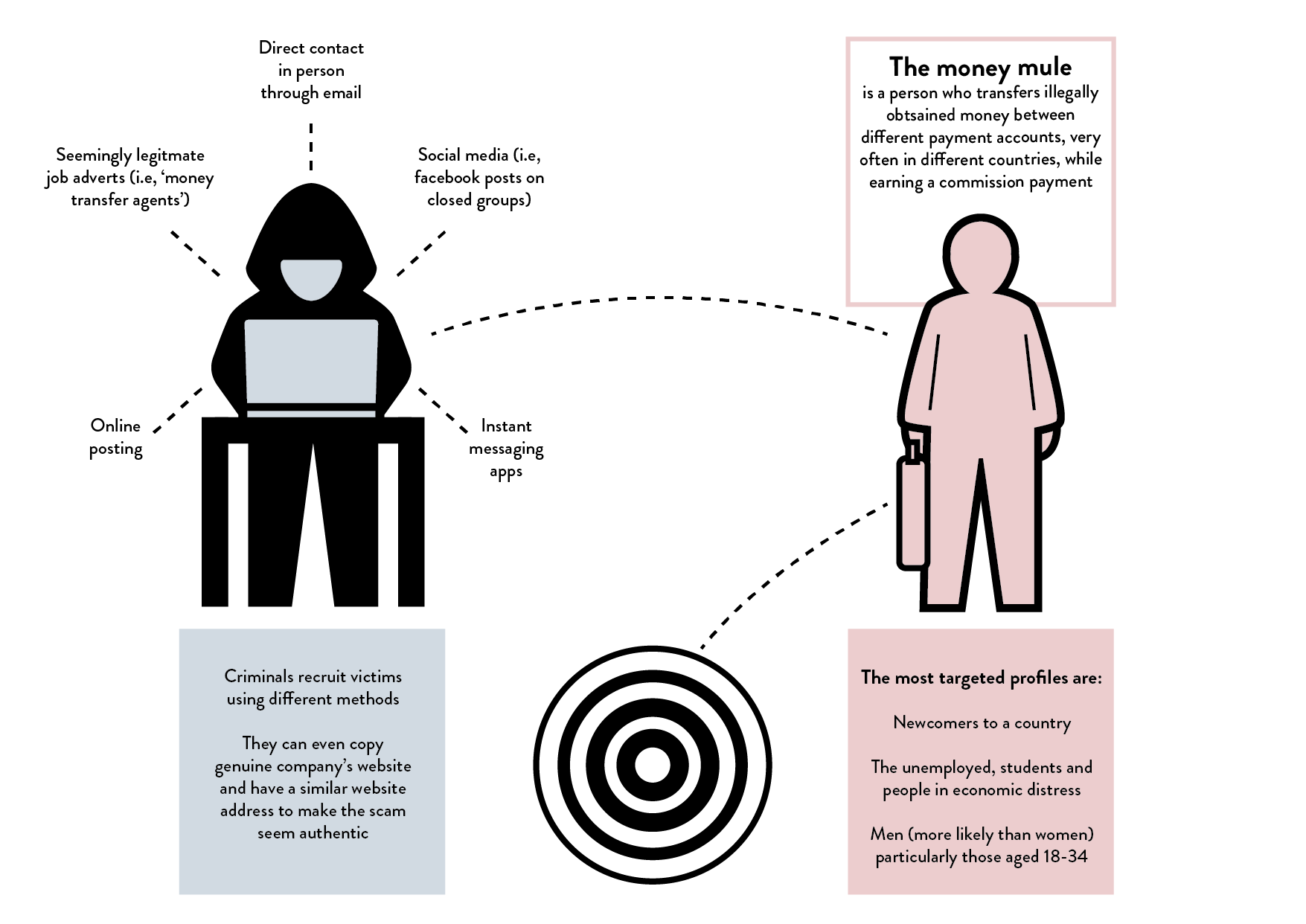
![Figure 1 - Synthetic Opioid Drug Poisoning Deaths, per 100,000 of US Population 2011-2016, (Source CDC)[10]](https://images.squarespace-cdn.com/content/v1/57ea58d4cd0f685ecfe1a0c4/1549029440683-QQMY6PZ90P3WGU0YOZ5K/Fentanyl+white+paper_Drug+deaths.png)





